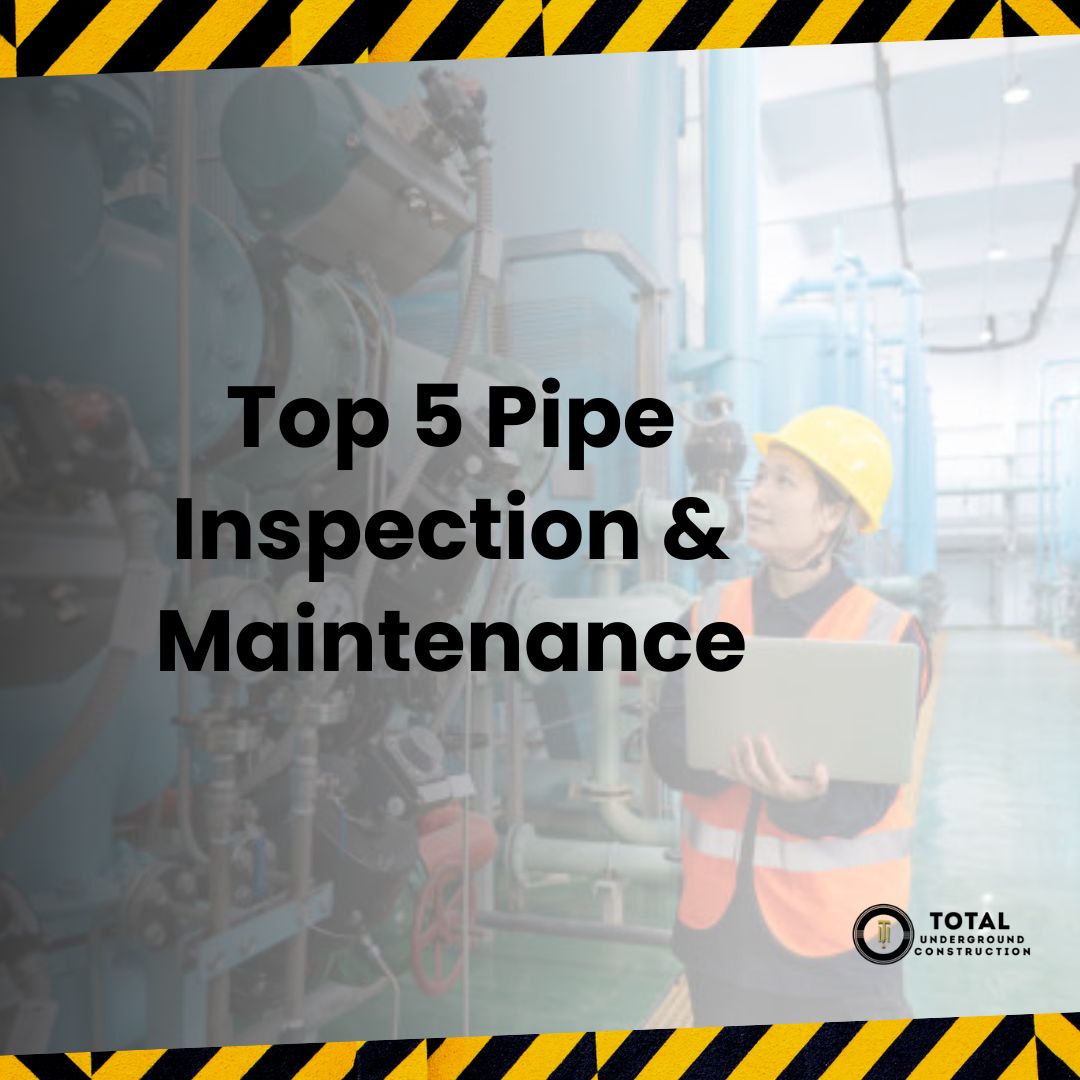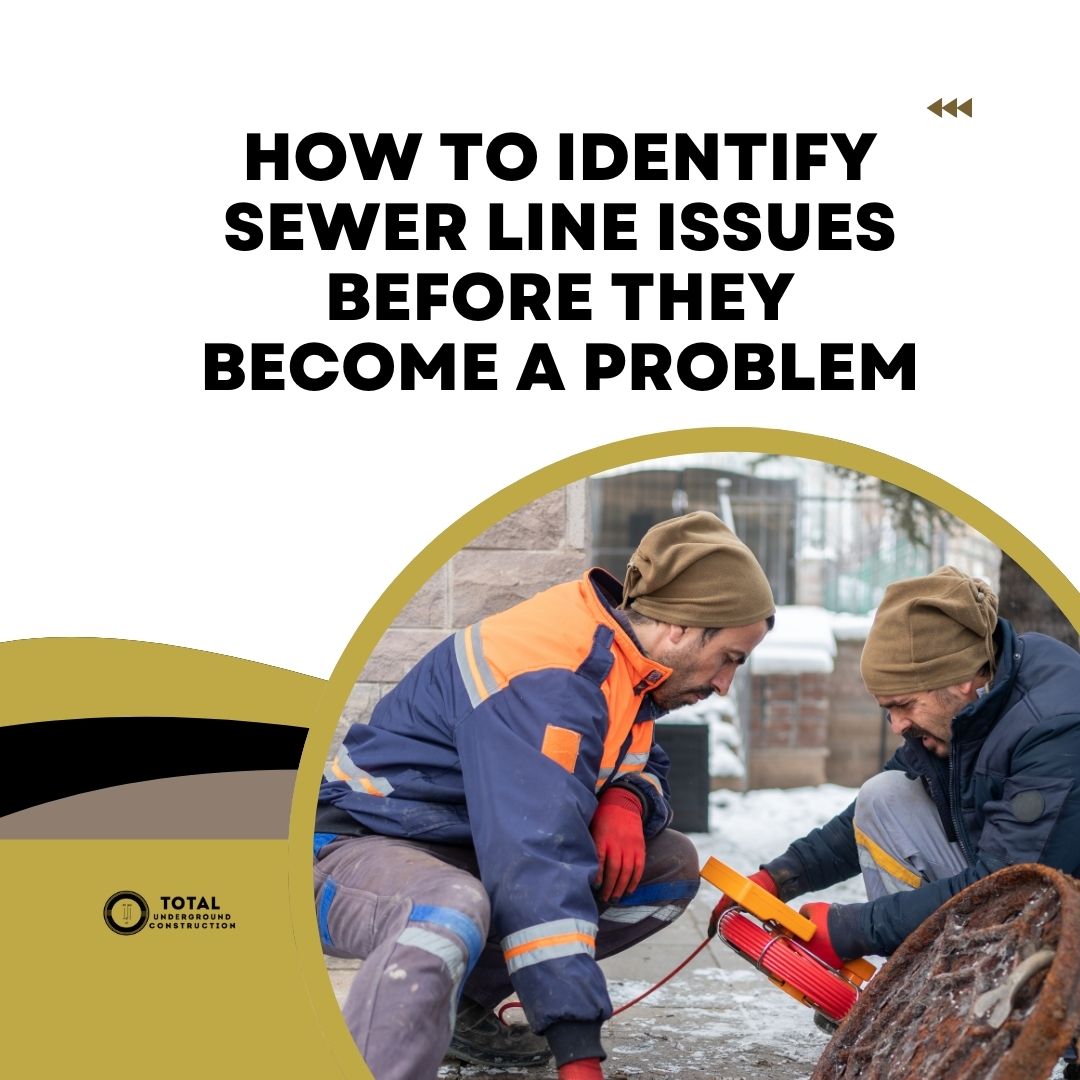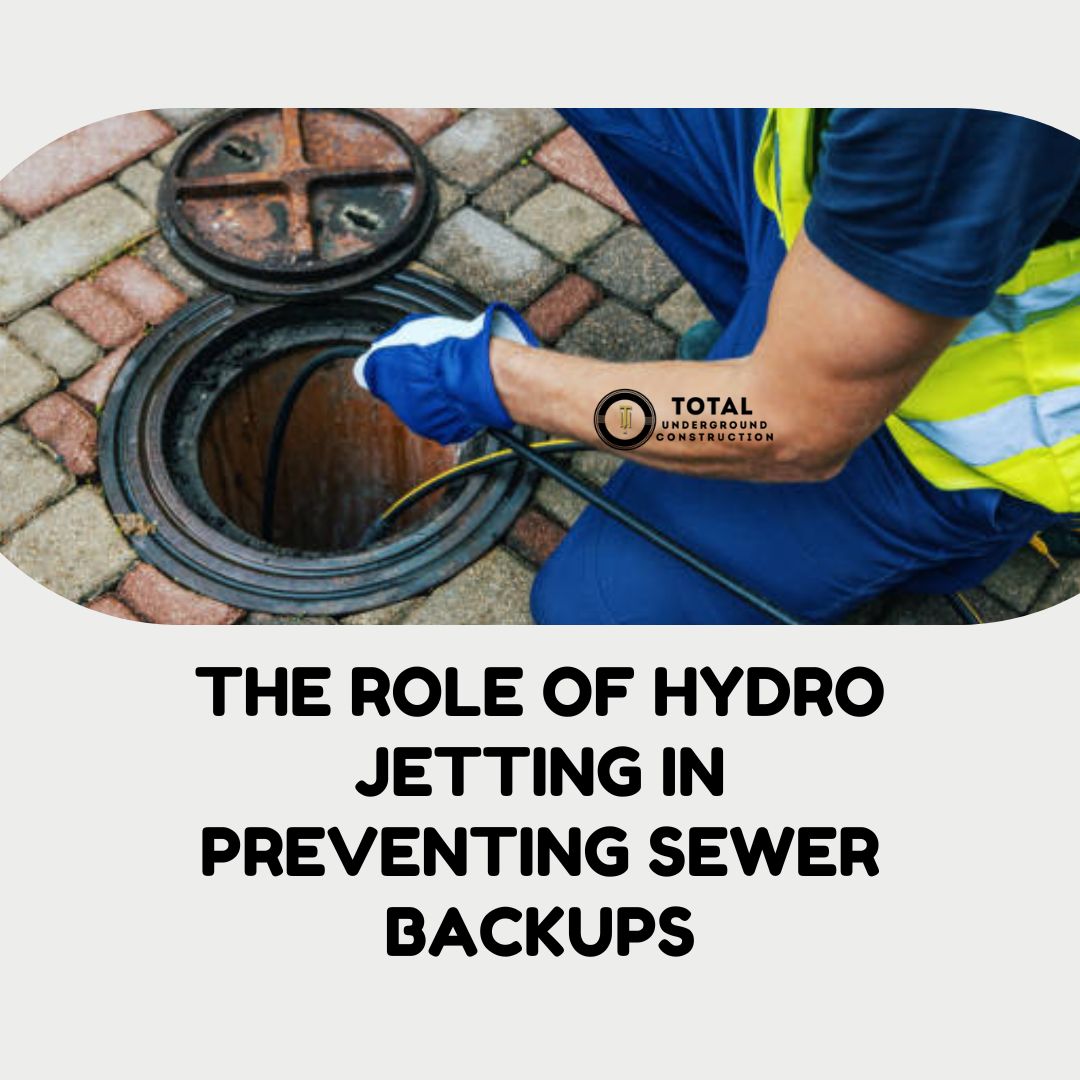Residential plumbing infrastructure in San Leandro has a shelf life, like every other thing in life. Sewer lines go through wear and tear from wastewater pressure fluctuations, underground force exertion, mineral build-up, frequent clogs, and root intrusion. Regular sewer line inspections are essential to detect issues early and resolve them before they become costly and hazardous rehabilitation projects.
Learn the significance and benefits of regular inspections and the nitty gritties involved in this comprehensive guide.
Why Regular Sewer Line Inspections Are Essential

Undetected sewer line issues are a ticking time bomb. The potential risks of the unforeseen problems underscore the importance of sewer checks. San Leandro faces unique sewer line challenges.
Aging infrastructure tops the list of problems plaguing residential plumbing systems. Most homes in the area are from the 20th century and contain clay or iron-cast sewer lines. Both sewer line materials comply with the current plumbing codes. However, years of wear and tear, structural compromises, corrosion, and neglect make these pipes inefficient and at a high risk of collapse.
Root intrusion is another pertinent issue affecting San Leandro sewer lines. The problem is common in old clay tile pipes with cracks or corroded iron-cast pipes. Roots encroach the pipes through the fissures, faulty pipe joints, and defective lines.
San Leandro’s water is moderately hard. The water contains dissolved minerals, which react with wastewater and sewer pipes over time. The reaction produces scum which coagulates waste particulates, forming hardened clogs. Mineral build-up inside these pipes can narrow the sewer line walls or form blockages.
You can detect cracks, blockages, root intrusion, corrosion, and bursts early with San Leandro plumbing maintenance. The Sewer inspection benefits include minimal repair costs and downtime, enhanced pipe lifespan and property value, optimum wastewater flow, and peace of mind.
Top Benefits of Sewer Line Inspections
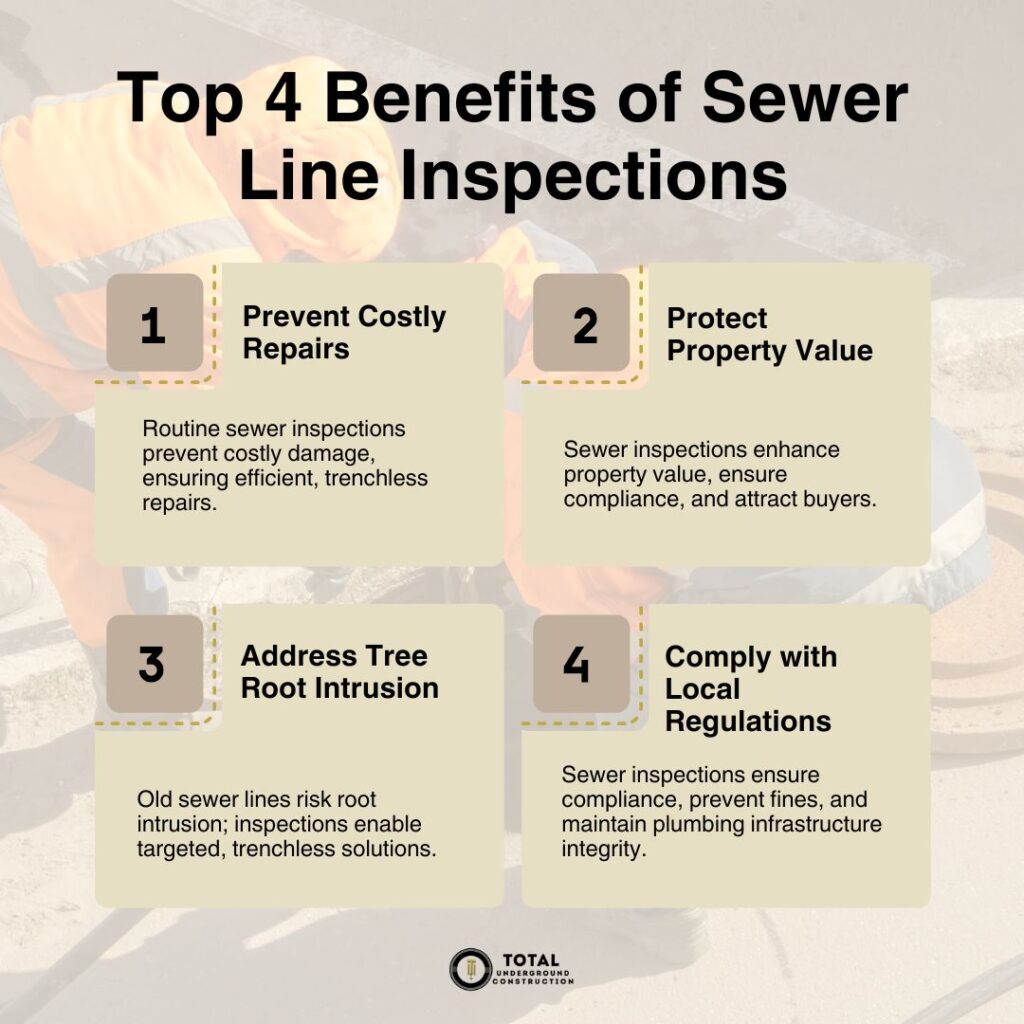
1. Prevent Costly Repairs
A sewer line inspection is central to cost-effective plumbing. The inspection is a sewer repair prevention strategy. Plumbers use sewer line inspection cameras to access the deepest parts of your sewer lines.
Professional inspection cameras render high-definition videos of the pipe, showing the detailed nature of clogs, pipe walls, and wastewater flow. Plumbers pick on cracks, corrosion, wear and tear, tree intrusion, and chemical or waste build-up.
Routine inspections lead to early detection and intervention. The plumbers identify the problems in their nascent stage, allowing for swift minor repairs. The inspection reduces the cost of replacing whole sewer lines or systems, repairing damaged walls or floors, or eliminating underground contamination.
Sewer emergencies cause extensive damage and hazards that can affect entire neighborhoods. Regular inspection is an essential service for avoiding major sewer damage. Plumbers offer a one-time fee ranging between $500 and $1,000 for routine sewer line inspection in San Leandro.
Most inspection services are trenchless, with minimal excavation. Plumbers also include repairs and quality assurance tests in the service package. On the other hand, a complete sewer line replacement can cost between $60 and $250 per linear foot.
2. Protect Property Value
Sewer line inspections show your property’s pipe conditions, indicate potential issues, and lead to comprehensive intervention. Potential home buyers will be more willing to purchase your home if they get a detailed breakdown of the sewer line condition.
San Leandro property maintenance protects your home value. It increases the sewer line’s lifespan, enables it to function problem-free, and indicates compliance with the local plumbing code. You can conduct plumbing inspections for resale to rehabilitate your sewer line before selling your home. Regular servicing favors your negotiation strategy because potential buyers want an efficiently functioning sewer system.
3. Address Tree Root Intrusion

Many homes in the Bay Area are from the 20th-century era. The homes have clay tile or cast iron sewer lines weakened with age-related wear and tear, corrosion, chemicals, and pressure variation from blockages. The pipes are vulnerable to cracks, which provide room for root intrusion.
Roots are sensitive to water. They grow toward water bodies. Therefore, they will grow toward the direction of a damaged sewer pipe leaking wastewater. Old sewer lines have numerous tree-root sewer issues because of their vulnerable structure.
Sewer line inspections enable plumbers to identify the problem early and develop comprehensive root intrusion solutions. Solutions for sewer line damage from roots include hydro jetting, a trenchless technique that uses pressurized water to break invading tree roots. The hydro-jet emits between 7,000 psi and 40,000 psi of pressure. Plumbers adjust the water pressure to accommodate different types of invasive root systems.
Plumbers can cut the tree root manually if the hydro jet fails to remove every branch. The plumbers inspect the pipe to see the extent of the damage and replace affected areas.
4. Comply with Local Regulations
Plumbing compliance is vital in San Leandro. Failure to comply with the San Leandro sewer regulation could result in a hefty fine or lawsuit. The local sewer line laws require residential homes to maintain plumbing infrastructure.
The homeowner should ensure the sewer line and lateral are in good working condition to prevent overflows and leakages into buildings or neighborhoods.
Plumbing codes stipulate certified plumbers should conduct all inspections. You require a permit for every repair. Consider working with a professional plumber to comply with the local plumbing codes.
How Sewer Line Inspections Work
Plumbers in San Leandro use modern sewer inspection technology, which requires minimal excavation while providing comprehensive assessments. Top on the list of these tech-savvy techniques are sewer camera inspections.
How Plumbing Inspections Work
A sewer camera inspection involves high-definition waterproof cameras mounted on a flexible rod. Plumbers insert the camera on the sewer line through a cleanout or dig a small hole to access the pipe. The plumber moves the rod inside the pipe while it renders quality videos showing the sewer pipe condition and problem degree.
The video camera identifies cracks, fissures, root intrusion, corrosion, scum, mineral build-up, and blockages. Plumbers use the video data to diagnose your sewer line and develop rehabilitation solutions. Once you agree on payment, repairs and testing follow.
Routine inspections occur once a year at a subsidized cost. Professional plumbers always begin plumbing rehabilitation projects with an inspection. You can also request sewer line inspection service if you suspect your drains have clogs or cracks.
The Benefits of Sewer Line Inspection
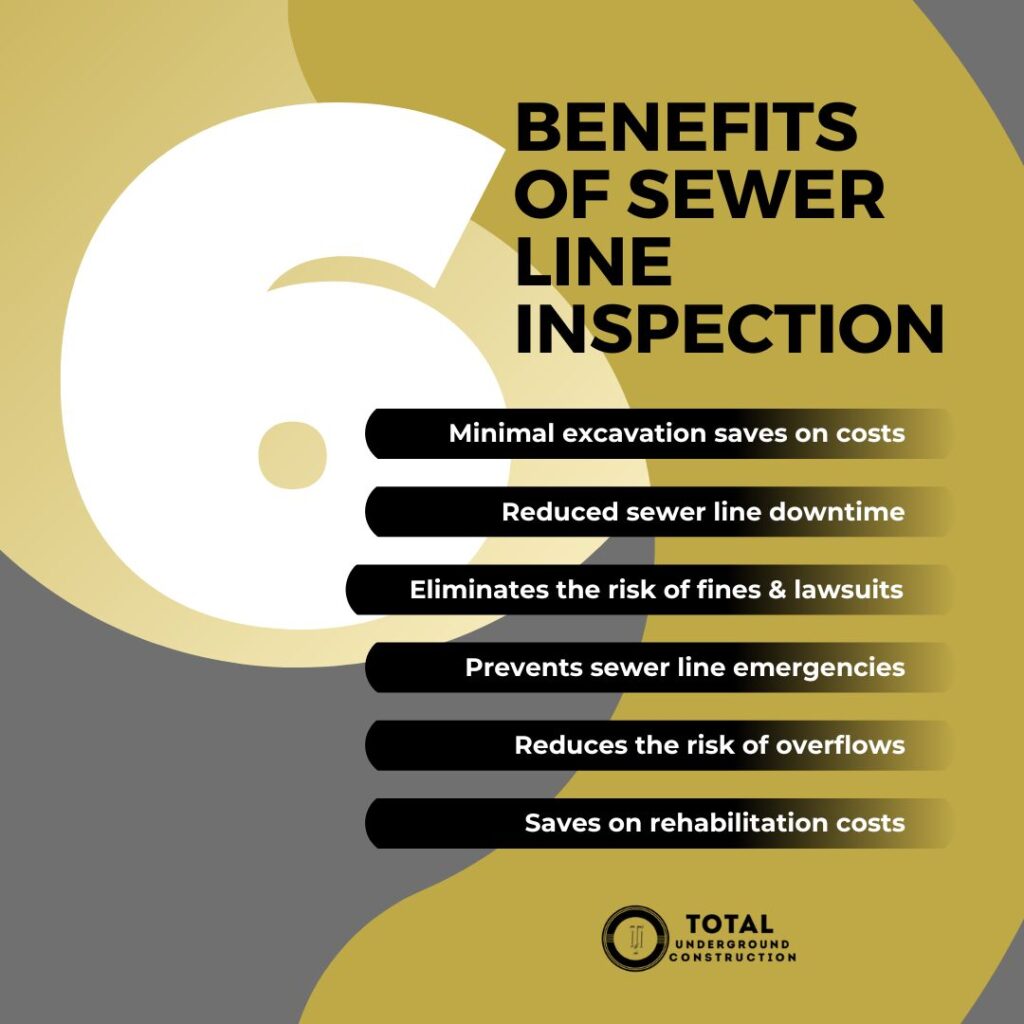
- Minimal excavation saves on costs
- Reduced sewer line downtime
- Eliminates the risk of fines and lawsuits due to plumbing code compliance
- Prevents sewer line emergencies
- Reduces the risk of overflows, blockages, and sewer leaks
- Saves on rehabilitation costs
FAQs
How often should I schedule a sewer line inspection?
Sewer inspection frequency ranges between 1 and 2 years. The number can increase if you have major renovations. Plumbers perform sewer inspections before sewer rehabilitation or installation projects. Partner with a certified plumber in San Leandro for a plumbing check schedule.
What are the signs I need a sewer line inspection?
Signs of sewer problems include overflows, slow drains, foul odors, or wet spots in the yard. Leaks inside the house may present as mold and mildew growth, damp patches on the walls and floors, and toilet or sink backups. Inspection necessity is crucial if you suspect a problem with your sewer line.

